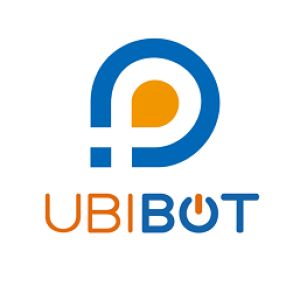IoT Environmental Sensors Paving the Way Towards SuccessPosted by UbiBot on September 5th, 2022  Industrial sustainability is possible through the interaction of the software with automation and IoT Environmental Sensors. The three components of this sustainability triad come to work together to produce the desired effects. Those are bigger than the combination of their individual effects. The Effects and Benefits It maximizes process, energy, and resource use, and reduces operational costs. It releases workforces from preventable safety hazards, automation unlocks production and sustainability. Recent pandemic concerns were overcome by automation that drives distant operations. Software-centric automation is based on open standards.
Data-driven insights can be provided through software and digitization.
It is merged with artificial intelligence, digital twins, and human insight, a whole suite of digital tools and end-to-end software transforms information. It unleashes new levels of performance. Deeper analytics enhance asset efficiency, and real-time data management assures robust industrial ecosystems. Digitalized traceability promotes circularity. Industrial decarbonization accelerates scale through energy optimization. Industrial waste swiftly reduces the increased electrification, various fuel-switching techniques, and the convergence of power and process energy.
When it comes to endpoint administration and maintenance, the adoption of hybrid IoT technologies also presents a hurdle. The maintenance burden has increased. The new IoT technologies have made it easier to introduce additional linked devices into the field. Inventory management and endpoint management for IoT devices are becoming more challenging in hybrid deployments. The Wireless Light sensor offers a centralized control plane and configurable endpoint management solution. It synchronizes IoT device monitoring data with real-time inventories. Conclusion When it comes to endpoint administration and maintenance, the adoption of hybrid IoT technologies also presents a hurdle. The difficulty of introducing new connected devices into the field has been made easier by new IoT technology. The maintenance burden is increased by IoT-based smart agriculture. Inventory management and endpoint management for IoT devices are becoming more challenging in hybrid deployments. It synchronizes IoT device monitoring data with in-the-moment inventory, IoT-based Smart Agriculture provides a centralized control plane and programmable endpoint management solution. Like it? Share it!More by this author |


